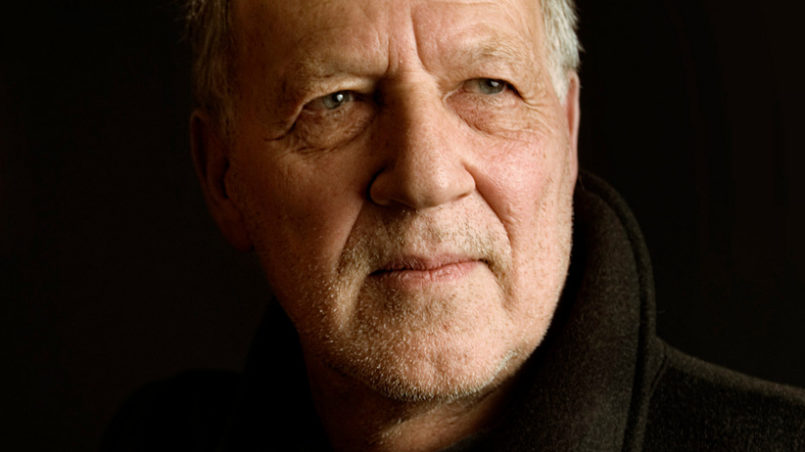“On Death Row”

In Werner Herzog’s TV documentary series “On Death Row”, American prisoners on death row are given the unique opportunity to tell their story to a broad TV audience. The Metro Kinokulturhaus showed episodes three and four of the first season as part of the Werner Herzog retrospective. I went to see these screenings and wrote a summary with subsequent personal opinion.
Episode 3
Joseph Garcia and George Rivas
Polunsky Unit is a state prison in Polk County in the US state of Texas. The 300 exclusively male prisoners await their execution on death row. Joseph Garcia and George Rivas are among those imprisoned in this institution.
Werner Herzog first asks George Rivas about his life story up to his “legendary” outbreak. According to Rivas, he was a specialist for “soft” robbery attacks – “soft” because he tried, with all possible means, not to harm anyone which he succeeded in doing until his escape from the high-security prison.
Joseph Garcia ended up in the same high-security prison because he had stabbed a man with a “butterfly” (a special folding knife). He still claims to have acted in self-defense. However, those who were active in the investigation of his case paint a very different picture, one which describes Garcia as a cold-blooded murderer. Garcia also tells Herzog about his life and speaks about the imminent execution by means of deadly injections.
Because he failed to follow an order issued to him, a police officer was killed – a result of using his gun in the first place. The above-mentioned principle, which Rivas had consistently lived up to until then, was broken, the result being the imposition of the death sentence.
The legal situation in Texas led to the death penalty being passed on all other members of the “Texas Seven”, whether or not they contributed to the death of the policeman, including Garcia, although he could credibly demonstrate that he was not even near the crime scene at the time the policeman was murdered.
Episode 4
Hank Skinner
Hank Skinner was sentenced to death by fatal injections for three murders. He is also an inmate of the aforementioned Polunsky Unit. At the time of filming, Skinner had already spent 17 years on death row and should have been executed years ago, however fate has been gracious in his case.
He gives Herzog a detailed account of the procedure on the actual day of execution, since he is one of very few who have experienced an “almost execution” and therefore he knows the individual steps very well. He talks about the special unit that transported him to the execution area in a special car from the Polunsky Unit to Huntsville (the Polunsky Unit does not have an execution room) and about the five hours that passed like minutes between the time of pick up and the actual execution.
Change of scene. Werner Herzog meets a newspaper editor who published the murder story at the time. They travel together to the crime scene, and the editor reports the tragic events of those days in chronological order. Hank Skinner, according to the charges brought against him, killed his girlfriend with a blunt object to the point of being unrecognizable and stabbed her two handicapped children with a filleting knife. This, at least is the ruling to this day.
To this day, Hank Skinner waits for the test results of the evidence, which could finally be admitted and examined at the re-opening of the investigation. Apparently, this evidence could exonerate him and lead to another offender. There are DNA traces on the murder weapon that are not his.
Conclusion
Herzog’s series “On Death Row” is a unique journey to a place of pure despair – so nothing for the faint of heart.
The background music is a perfect match for the images, underlines the alternating emotions between disgust and fascination. There are even moments when you really feel compassion with the person behind the glass. Especially in the case of Skinner. I did some research online, as Hank Skinner was waiting for the results of the investigation at the time of the shooting – that was 2012 – and I was very eager to find out what these results might be and what influence they might have on Skinner’s current situation.
I found out that this evidence mysteriously disappeared just before they could be investigated. Hank Skinner said in the interview that his first attorney had had an agreement with the prosecutor – to have him sentenced for these murders at any cost.
I have watched five further episodes of this series since then. There will certainly be more to follow, and I now understand why Herzog enjoys cult status.
Rating: worth seeing!
Translation from German: Serena Nebo
Credits
| Image | Title | Author | License |
|---|---|---|---|
 |
Werner Herzog ODR | Alchetron | CC BY-SA 3.0 |
